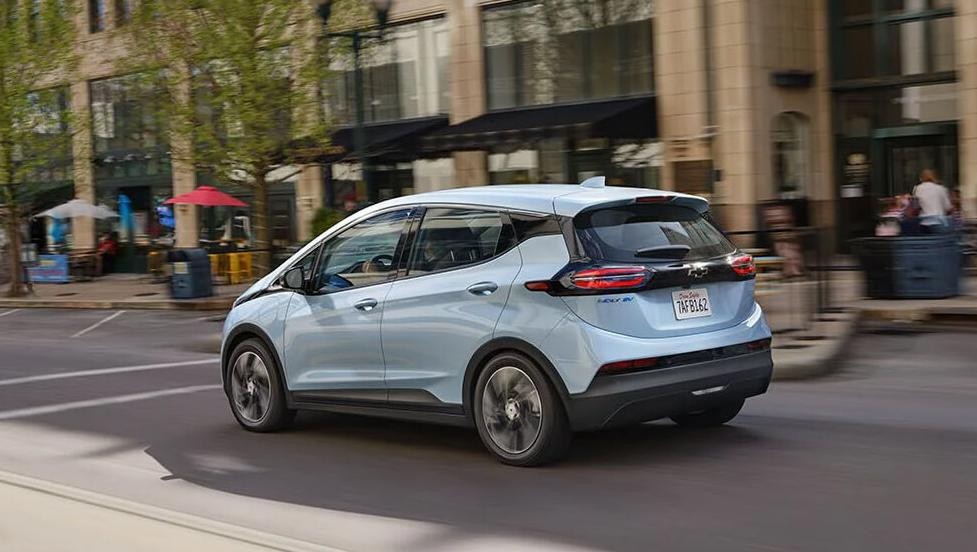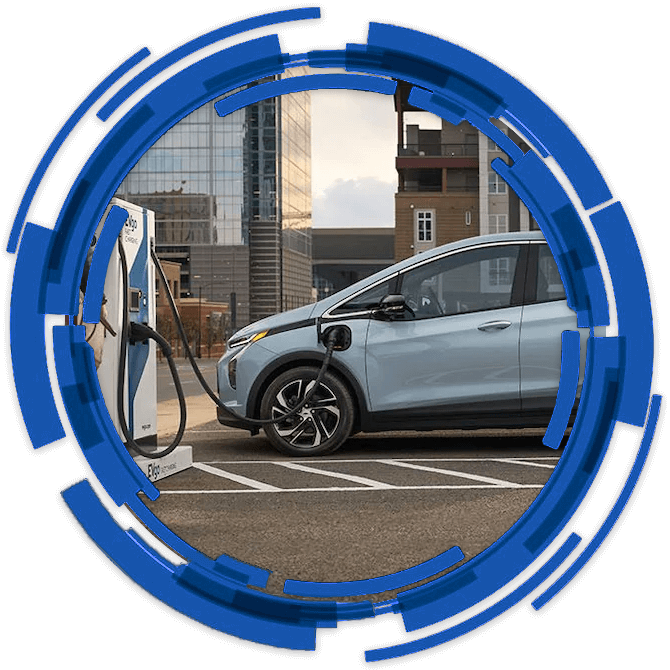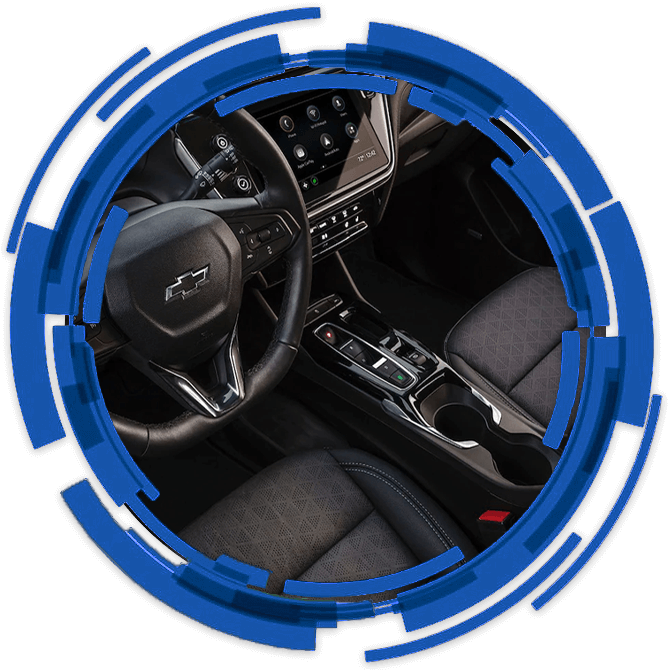Is An Electric Vehicle Right For Me?
The future of the automobile industry is electric. Every year electric cars are getting cheaper and more advanced, and every year more and more consumers are purchasing electric cars. Depending on where you live, you may see electric cars every day on the road. There are some key differences between electric cars and the gas powered cars that you are used to and here we'll explore both the benefits and the disadvantages of owning electric.
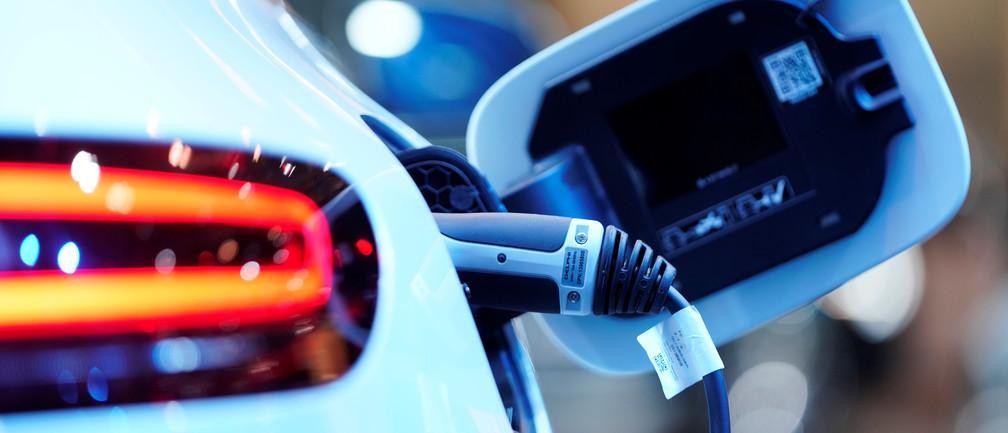
All-Electric Vehicles: Leaving Myths in the Dust
Questions to Ask Yourself When Considering Electric
Daily Commute
Is Your Daily Commute Under 330 Miles?
BUYER TIP: When you're looking at EVs, be sure to check the "range-per-charge" for the vehicle. This is the number of miles the car can typically drive between full charges. For example, if the range per charge for an EV is 100 miles and your daily commute is 30 miles, you should be able to go about 3 days between charges (30mi + 30mi + 30mi = 90mi). EV range varies significantly between models.
Most of today's electric vehicles have a driving range-per-charge between 50 to 330 miles. If your daily commute is under 250 miles per day, there is likely an affordable EV model that will fit your needs.
BUYER TIP: When you're looking at EVs, be sure to check the "range-per-charge" for the vehicle. This is the number of miles the car can typically drive between full charges. For example, if the range per charge for an EV is 100 miles and your daily commute is 30 miles, you should be able to go about 3 days between charges (30mi + 30mi + 30mi = 90mi). EV range varies significantly between models.

Road Trips
Do You Frequently Take Long Road Trips?
Long road trips can present challenges for today's electric vehicles. Public charging and battery technology is continually improving, but planning is still required for long trips. There are many EV models available with a range-per-charge of 150 to 250 miles. There are some high-end EVs that can get over 330 miles on a single charge.

Your Household
Does Your Household Have More Than One Car?
If you live in a household with more than one car, an EV likely represents a big opportunity for your family to save a lot of money, while improving the quality of our environment. Use an EV for commuting and use the other vehicle for long distance drives... it's that easy!

Parking
Do You Have Off-Street Parking At Your Home?
Plugin electric vehicles require charging. Charging can be done with a standard 120V outlet or you can have a 240V charger installed in your garage or driveway. Known as "Level 2 EVSE equipment," 240V charging reduces charging time substantially, is more energy efficient and some EVSE models allow you to schedule charging times, which may allow you to take advantage of special electric rates.

Save Money & Pollute Less
Do You Want to Save Money AND Pollute Less?
EVs cost less to drive and pollute less, period. An EV uses electricity that is typically generated from sources that are cleaner than burning gasoline or diesel in a vehicle.

It Might Not Be The Right Time If..
An All-Electric EV Might Not be Right For You at This Time If...
• you commute 300 or more miles per day.
• you do not have off-street parking as it may be difficult to charge your EV at home.
• you regularly take long road trips - EV charging may not be convenient. Note, BEVs have ranges from 80 to more than 300 miles per charge, which is similar to the range of some gas-fueled cars.
BUT, keep in mind, EV range is steadily increasing every year, and there is probably a Plug-in Hybrid Electric Vehicle (PHEV) that would be a good fit for you. While PHEVs still use gasoline and require oil changes, many models have an all-electric range that will meet your daily commuting mileage needs.
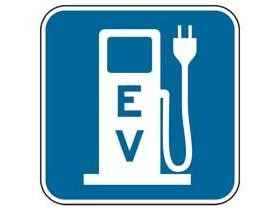
Things to Know About EVs
Battery Electric Vehicles have a battery and an electric motor instead of a gas tank and an internal combustion engine. Sometimes BEVs are also referred to as "All Electric Vehicles" or "Plug-in Vehicles" (not to be confused with Plug-in Hybrid Electric Vehicles). They run entirely on electricity and do not produce any exhaust from the burning of fuel.

Plug-in Hybrid Electric Vehicles have an electric motor AND a gas-powered internal combustion engine. Some PHEVs operate exclusively, or almost exclusively, on electricity until the battery is nearly depleted, then the gasoline-powered engine turns on to provide power. Like Battery Electric Vehicles, PHEVs can be plugged in to charge the battery when the vehicle is not in use.

Hybrid Electric Vehicles have an electric motor AND a gas-powered internal combustion engine, and don't plug-in for charging. HEVs can have substantial range on a single tank of gas, but they still burn fossil fuel, produce carbon emissions, require trips to the gas station and scheduled engine-maintenance. An HEV may be an ideal choice for those with extended commutes and limited charging system access.

ALL-ELECTRIC INCENTIVES
Going all-electric is as easy on your wallet as it is on your lifestyle. Drivers of all-electric vehicles can enjoy potential government incentives, no gas usage, zero vehicle emissions and lower scheduled maintenance costs.
Going all-electric is as easy on your wallet as it is on your lifestyle. Drivers of all-electric vehicles can enjoy potential government incentives, no gas usage, zero vehicle emissions and lower scheduled maintenance costs.
Federal and State Incentives
You may qualify in federal tax incentives for purchasing an all-electric vehicle in 2024. The federal tax credit can be claimed at point-of-sale, or when you file your taxes for the current year. The amount of your tax savings will depend on your individual tax circumstances. Many states also offer additional rebates and incentives for electric vehicle customers — up to $7,500 for Maine Residents.
You may qualify in federal tax incentives for purchasing an all-electric vehicle in 2024. The federal tax credit can be claimed at point-of-sale, or when you file your taxes for the current year. The amount of your tax savings will depend on your individual tax circumstances. Many states also offer additional rebates and incentives for electric vehicle customers — up to $7,500 for Maine Residents.

Scheduled Maintenance – Estimated 35% lower Costs vs. Comparable Vehicles
Electric vehicles have fewer moving parts, which could potentially lower scheduled maintenance costs.
Electric vehicles have fewer moving parts, which could potentially lower scheduled maintenance costs.

Other Available Utility Savings and Incentives
You could be eligible for additional savings. Local utility companies may offer additional rebates or lower charging rates for electric vehicle owners. Check with your local utility provider for complete details.
You could be eligible for additional savings. Local utility companies may offer additional rebates or lower charging rates for electric vehicle owners. Check with your local utility provider for complete details.

Potential Annual Savings on Fuel
Potentially save more than time at the gas station. A customer choosing an electric vehicle with a battery electric efficiency of 32.9 kWh could save an estimated $893 in annual fuel costs compared with a gas-powered vehicle with an EPA-estimated rating of 20 mpg combined.
Potentially save more than time at the gas station. A customer choosing an electric vehicle with a battery electric efficiency of 32.9 kWh could save an estimated $893 in annual fuel costs compared with a gas-powered vehicle with an EPA-estimated rating of 20 mpg combined.

The Benefits
Charging is Easy
Charge Anywhere.
Offers about 4 miles of range per hour of charge and is a great option for overnight charging. Just plug in anywhere there’s a 3-prong outlet.
Important Information
Actual charge times will vary based on battery condition, output of charger, vehicle settings and outside temperature.
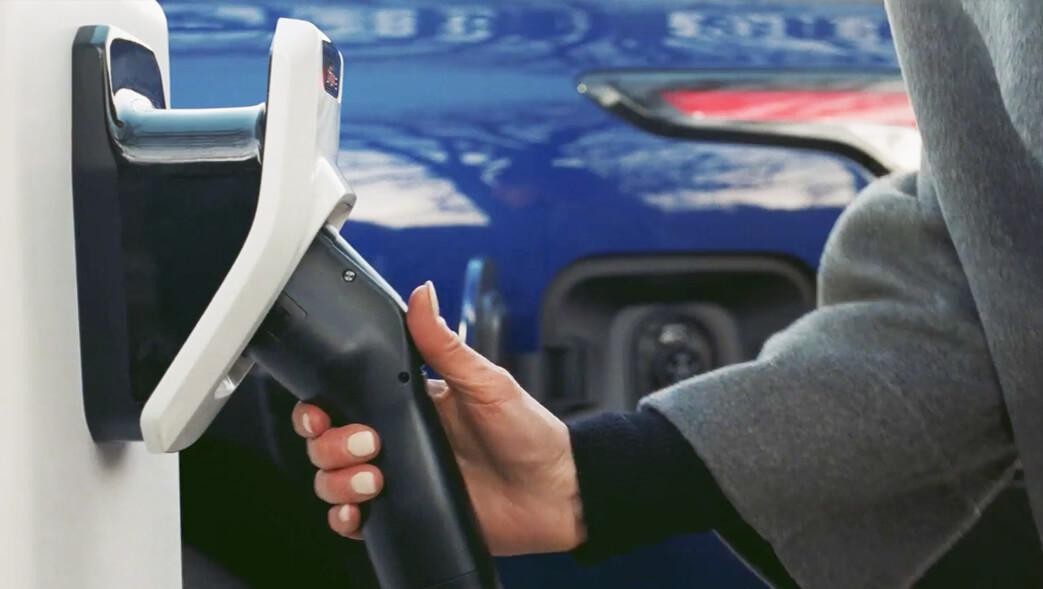
Charge at Home.
Offers up to 25 miles of range per hour of charge time and is the fastest, most recommended way to charge at home (professional installation required).
Important Information
Actual charge times will vary based on battery condition, output of charger, vehicle settings and outside temperature.
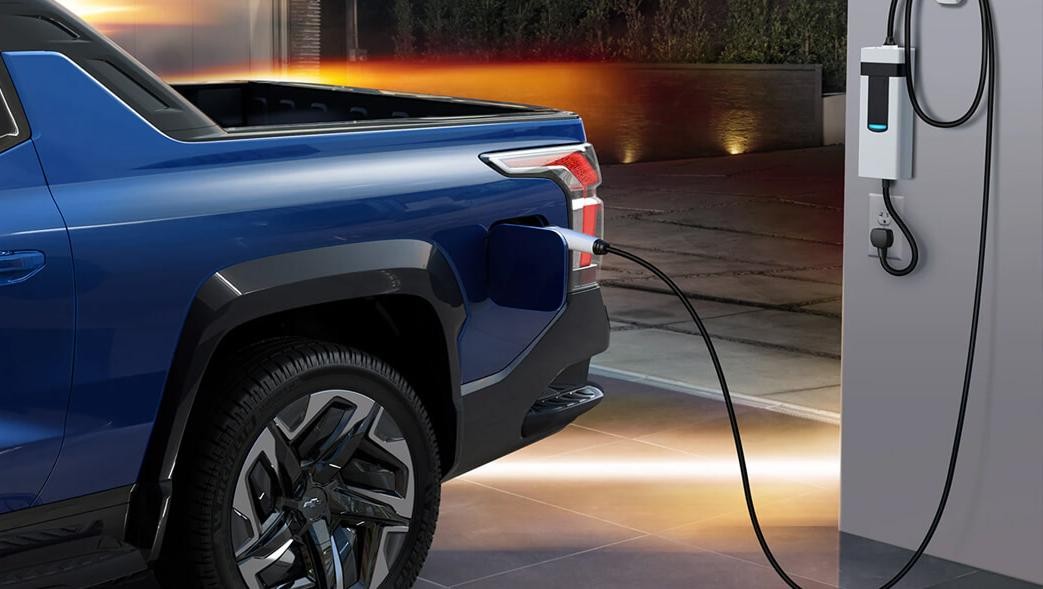
Charge On the Go.
Offers up to 100 miles of range in about 30 minutes of charge time and is available for public use.
